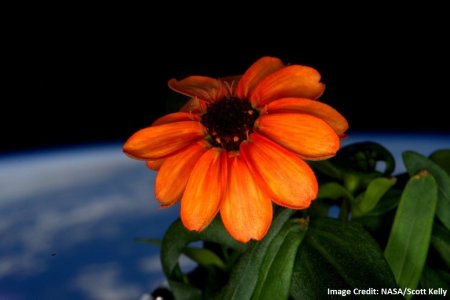DentArthurDent
SOC-7
I’m still intrigued by the OP question: What types of plants would a Traveller carry into space?
Having read this thread, I realize this is a completely hypothetical question. So, I’m breaking it down into four questions.
By the way, I have a physics degree, so I’d really appreciate it if any discussion of biology was on an introductory college level. It’s been fun trying to keep up with the discussions of perchlorates but that’s about my limit.
1) On a TL8 ship (no terraforming, commercial fusion) traveling from Earth to Enceladus what plants would be moderately useful? (It could be any outer moon, I just like the way Enceladus looks)
2) On a TL10 ship (IISS went to the forgotten corners of the scrapyard for this one) making one or two J-1 jumps, what plants would survive the trip with low power grow lights and days without gravity, but still scrub some CO2 and provide a few fresh fruits? (We’re barely making enough to pay the maintenance costs and the captain hasn’t been paid in two months, so we’re cutting corners everywhere we can.)
3) On a TL12 Far Trader making four jumps with minimal time in port (Our trade run doesn’t pay for sightseeing) what plants would make the trip a bit less dreary? Would any plants provide benefits that outweigh the extra upkeep?
4) On a TL14 Luxury Yacht ferrying wealthy clients to purple beaches and hell planets (enjoying the views of 12 km high lava fountains from the balcony with a cool beverage) what planets would enhance the experience for our spoiled, I mean discerning, clients?
Also, a big THANK YOU to everyone lending their expertise to this thread. It makes planning and playing Traveller even more fun.
Having read this thread, I realize this is a completely hypothetical question. So, I’m breaking it down into four questions.
By the way, I have a physics degree, so I’d really appreciate it if any discussion of biology was on an introductory college level. It’s been fun trying to keep up with the discussions of perchlorates but that’s about my limit.
1) On a TL8 ship (no terraforming, commercial fusion) traveling from Earth to Enceladus what plants would be moderately useful? (It could be any outer moon, I just like the way Enceladus looks)
2) On a TL10 ship (IISS went to the forgotten corners of the scrapyard for this one) making one or two J-1 jumps, what plants would survive the trip with low power grow lights and days without gravity, but still scrub some CO2 and provide a few fresh fruits? (We’re barely making enough to pay the maintenance costs and the captain hasn’t been paid in two months, so we’re cutting corners everywhere we can.)
3) On a TL12 Far Trader making four jumps with minimal time in port (Our trade run doesn’t pay for sightseeing) what plants would make the trip a bit less dreary? Would any plants provide benefits that outweigh the extra upkeep?
4) On a TL14 Luxury Yacht ferrying wealthy clients to purple beaches and hell planets (enjoying the views of 12 km high lava fountains from the balcony with a cool beverage) what planets would enhance the experience for our spoiled, I mean discerning, clients?
Also, a big THANK YOU to everyone lending their expertise to this thread. It makes planning and playing Traveller even more fun.





